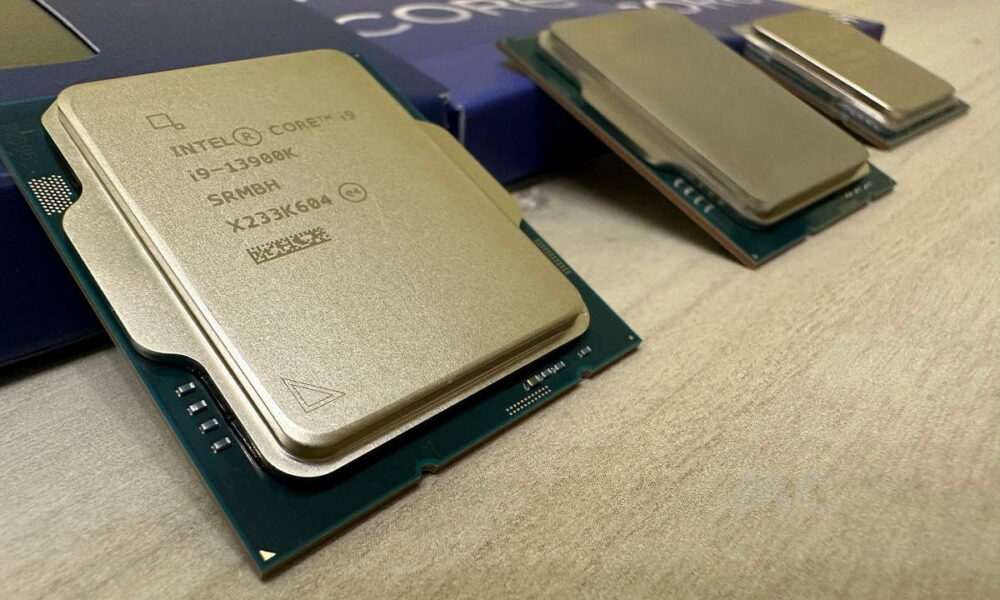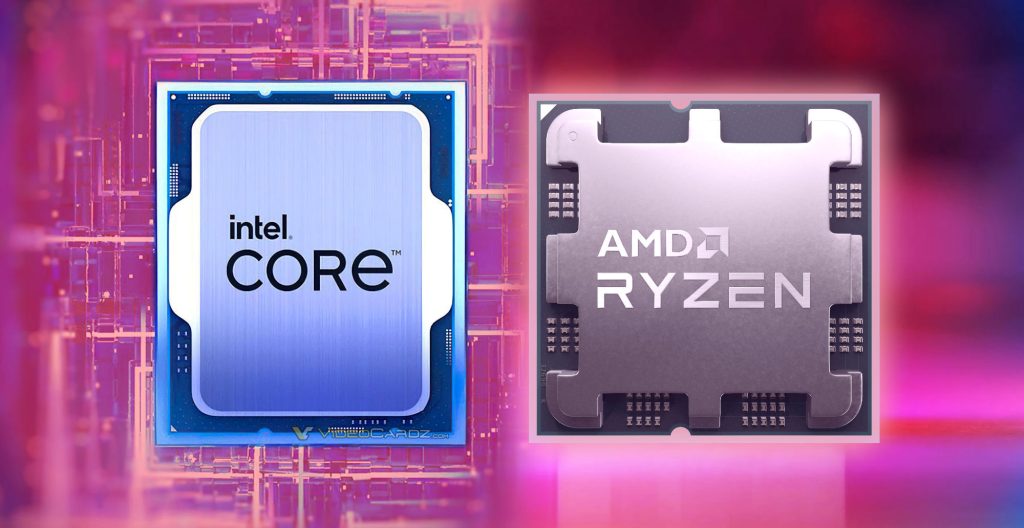
The launch of the Intel Core i9-13900K, Intel Core i7-13700K and Intel Core i5-13600K has been just the appetizer of what is to come. Between the end of this year and the beginning of next we will see the launch of the Core Gen13 non-K, and according to new information the chip giant is working on what is currently known as Intel Raptor Lake Refresh.
As its name suggests, it would be a minor renovation of the current generation of Intel processors that, as we told you in our analysis, has managed to recover the crown of single-thread performance, and offers similar performance in multithread. To improve its position, AMD would be working on a new line of processors with vertically stacked L3 cachethe Ryzen 7000X3D, whose gaming performance should be much higher than Raptor Lake-S.
Well, that’s where the Intel Raptor Lake Refresh would come into play, a new line of processors that would be the chip giant’s response to the Ryzen 7000X3D, and that would be made up of new models that would have, as the only novelty, a slight rise in clock rates. There is talk of an increase of between 100 and 200 MHz, depending on each chip, but it may be that in those cases where there is a greater margin of frequency increase, we will find an increase of 300 MHz.

Image courtesy of VideoCardz.
The real revolution of the Santa Clara company will be Meteor Lake-S, the successor to the Intel Raptor Lake Refresh. According to the latest information we have seen, said generation will use Intel 4 node (7nm)will maintain the hybrid design that we have seen in the current generation, which means that it will have a block of high-performance and another high-efficiency core, and will use the architecture Reedwood Cove on high-performance kernels and Crestmont in high-efficiency cores. With the concurrence of two architecture changes, a significant increase in terms of power is expected.
Returning to the Ryzen 7000X3D, we also have new information that ensures that AMD will limit itself to launching two new processors under said nomenclature, a Ryzen 5 7600X3D with 6 cores and 12 threads and a Ryzen 7 7800X3D with 8 cores and 16 threads. Both would theoretically have 32MB of L3 cache and an additional 64MB of 3D stacked L3 cache.
It will be interesting to see what those new Ryzen 7000X3D are capable of in games, and how they compare to the Intel Raptor Lake Refresh. The truth is that seeing what the Ryzen 7 5800X3D was capable of I’m pretty convinced AMD is going to reclaim the gaming performance crown with the Ryzen 7000X3Dbut until we see the first performance tests it is impossible to say for sure.



